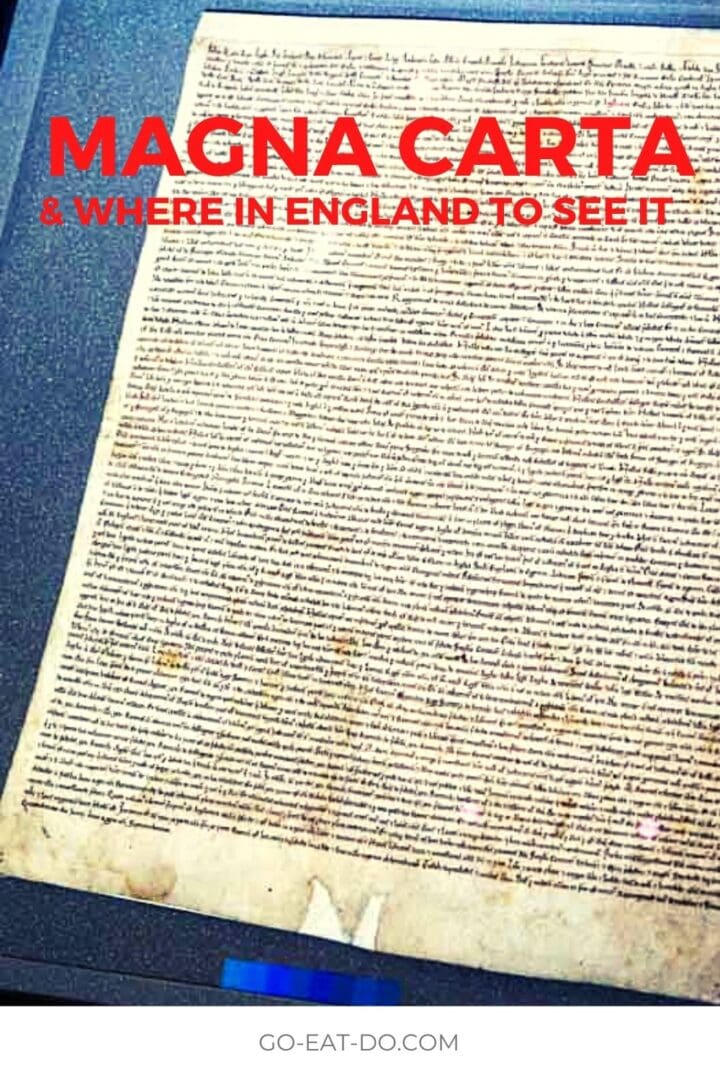Stuart Forster looks at the Magna Carta, England’s ‘Great Charter’, why the document exists, its importance and where to see the influential manuscript.
Disclosure: Some of the links below and banners are affiliate links, meaning, at no additional cost to you, I will earn a commission if you click through and make a purchase.
King John and the Magna Carta
In 1215 King John put his royal seal on the Magna Carta. The document is regarded by many historians and libertarians as the most significant ever written in England’s history. Some argue it had major ramifications even beyond the British Isles.
Magna Carta, meaning ‘great charter’, was drafted to placate a group of land-owning barons who had become dissatisfied with demands placed upon them by England’s monarch.
On 15 June 1215 King John put his seal to the handwritten parchment by the banks of the River Thames at Runnymede, 20 miles west of London.
To mark the 800th anniversary of the occasion, two stone benches were unveiled at the site in 2015. They flank a pillared memorial surrounding inscribed granite that proclaims the Magna Carta a “symbol of freedom under law”.
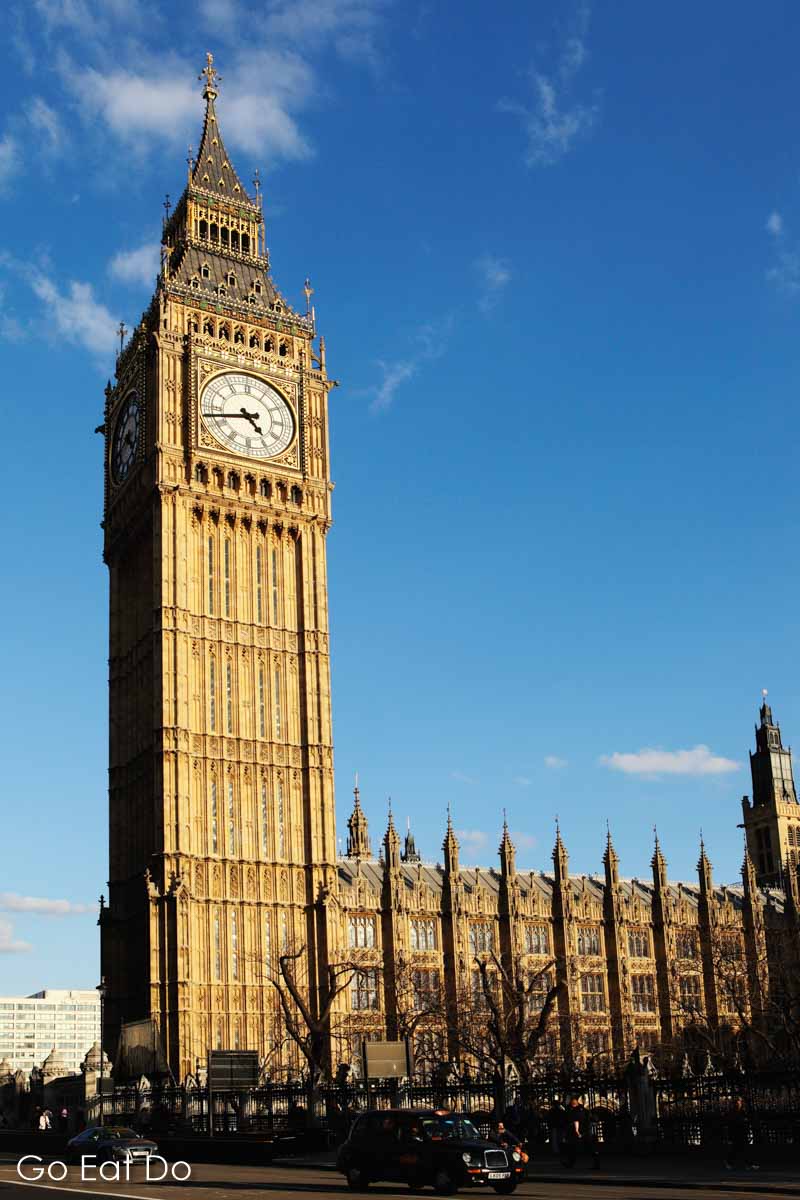
What is the Magna Carta?
The document guaranteed a number of rights for the church and noblemen. Effectively, it limited the power of the crown.
Magna Carta has subsequently been interpreted as a legal document that proved even England’s reigning monarch had to obey the laws of the land. That was a revolutionary concept in the 13th century.
Just a couple of months later Pope Innocent III decreed the Magna Carta annulled.
King John claimed he had been forced into acquiescing to the barons’ demands. Civil war followed.
The conflict became known as the First Barons’ War and raged for two years, but King John did not live to see its outcome.
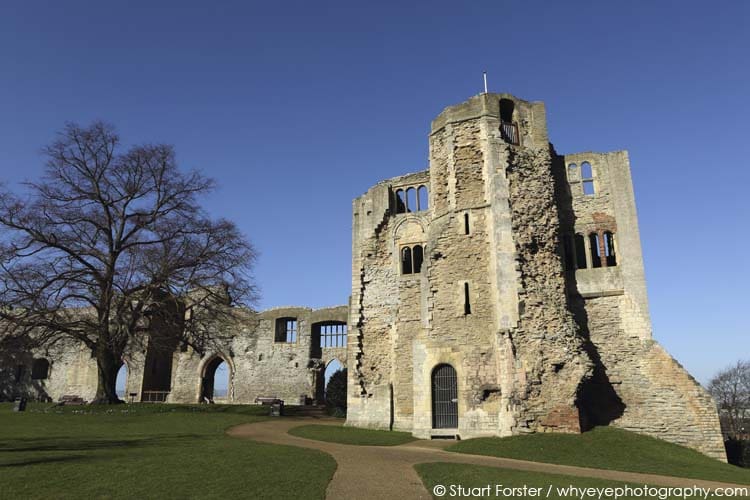
He died at Newark Castle in October 1216. Adding a twist of intrigue, rumours circulated that the unpopular monarch was poisoned by a monk. Many historians now think it’s more likely John died of dysentery.

Where to see Magna Carta
Thirteen copies of the 1215 Magna Carta were made for distribution throughout the kingdom. Handwritten, each is unique. Some contain spelling errors (hopefully that’s not true of posts here on Go Eat Do!).
Only four copies of the Magna Carta remain in existence.
Two are now housed in the British Library, in London.
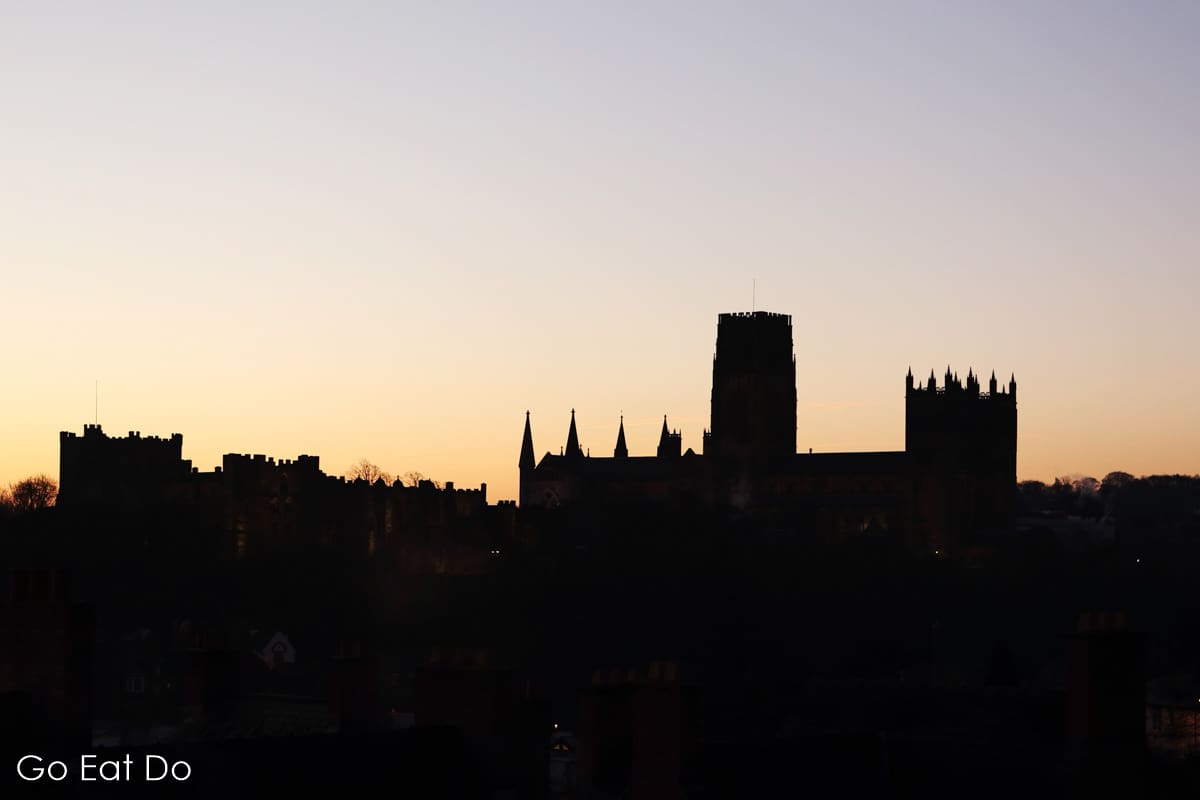
The others are the property of the cathedrals of Lincoln and Salisbury.
Throughout the Middle Ages, modified editions of the Magna Carta were reissued by King John’s followers to the English throne. Versions are held at sites including Durham, Oxford’s Bodleian Library and Hereford Cathedral.
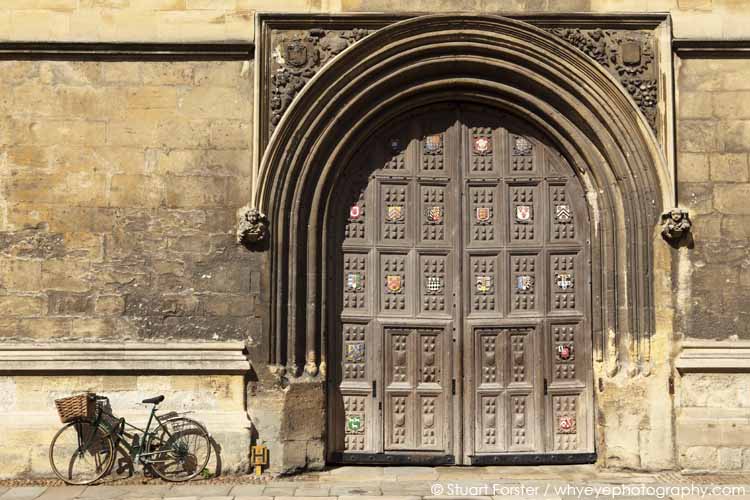
Magna Carta at Lincoln Castle
Lincoln Castle displays the nearby cathedral’s copy of the 1215 charter in its state-of-the-art visitor centre. The attraction features a purpose-built, underground vault.
The story of why the document came into existence is told in the centre’s cinema. Surround sound and a wraparound screen help convey the powerful tale.
The Bishop of Lincoln, Hugh of Wells, was present at the sealing of the Magna Carta and presented with a copy for safekeeping. The castle also houses the Charter of the Forest, dating from 1217. That important document reaffirmed key aspects of the Magna Carta.
The impressive fortress at Lincoln was established by the Normans, who crossed into the British Isles from northern France in 1066. Some commentators suggested the arrival of the Normans resulted in the erosion of traditional English liberties and rights, and that the charter helped restore at least some of them.
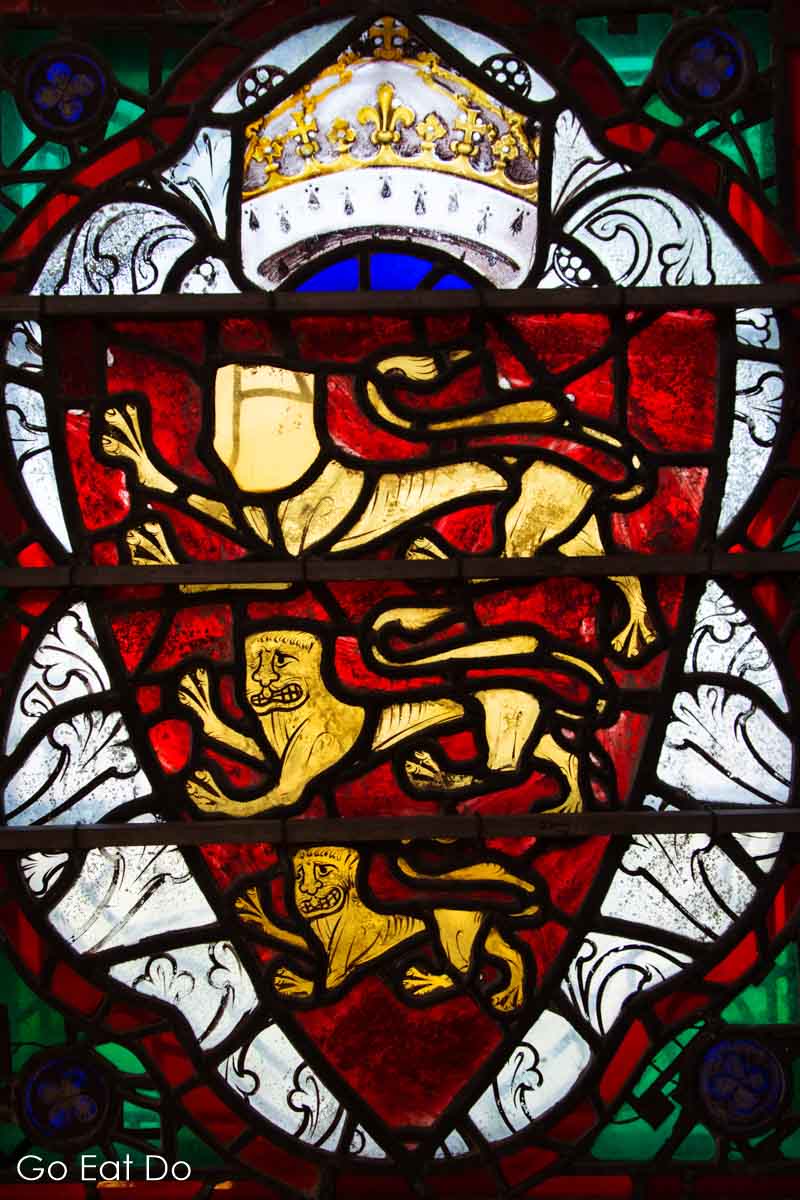
The 1215 Magna Carta in Salisbury
Salisbury Cathedral’s Chapter House holds the only other 1215 Magna Carta in existence outside of London.
An interactive exhibition within the cathedral’s 13th-century Chapter House looks at the role of Elias of Dereham. He was present at Runnymede as an aid to the Archbishop of Canterbury, Stephen Langton. Elias was responsible for distributing copies of the document and later played a key role in the construction of Salisbury Cathedral.
The historic events of 1215 inspired modern writers to pen the scripts of The Magna Carta Plays. The play was performed at Salisbury Playhouse during the autumn of 2015.
Part of the permanent exhibition at Salisbury explores the legacy of the Magna Carta. Legal minds have interpreted the document in a variety of ways over the past eight centuries. It was cited by the factions who fought against King Charles I in the English civil wars of the 1640s.
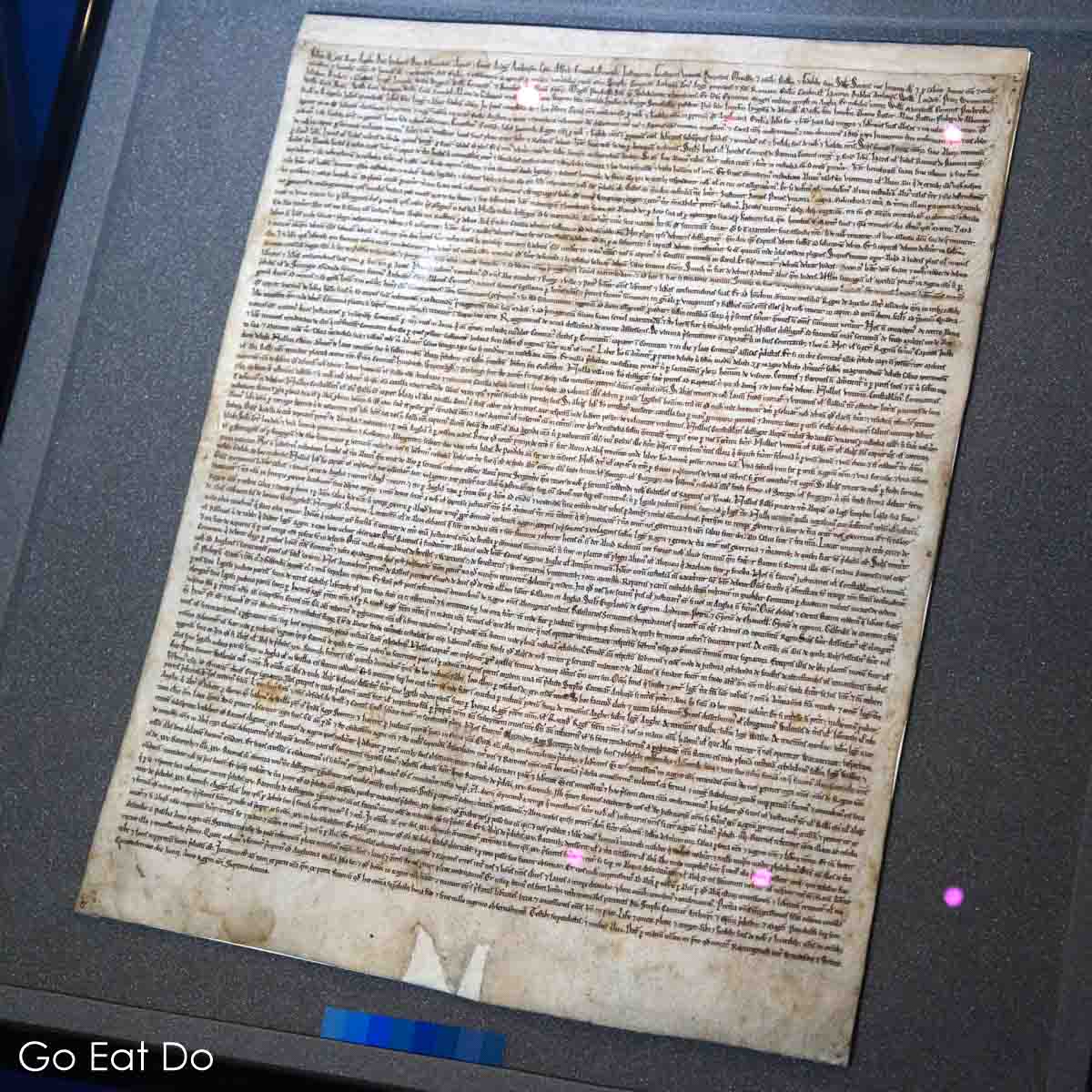
Magna Carta and the American Revolution
In America Magna Carta was used by colonists to justify opposing crown taxes and in defence of perceived liberties. The arguments roused people to rebel against the British and form the United States of America.
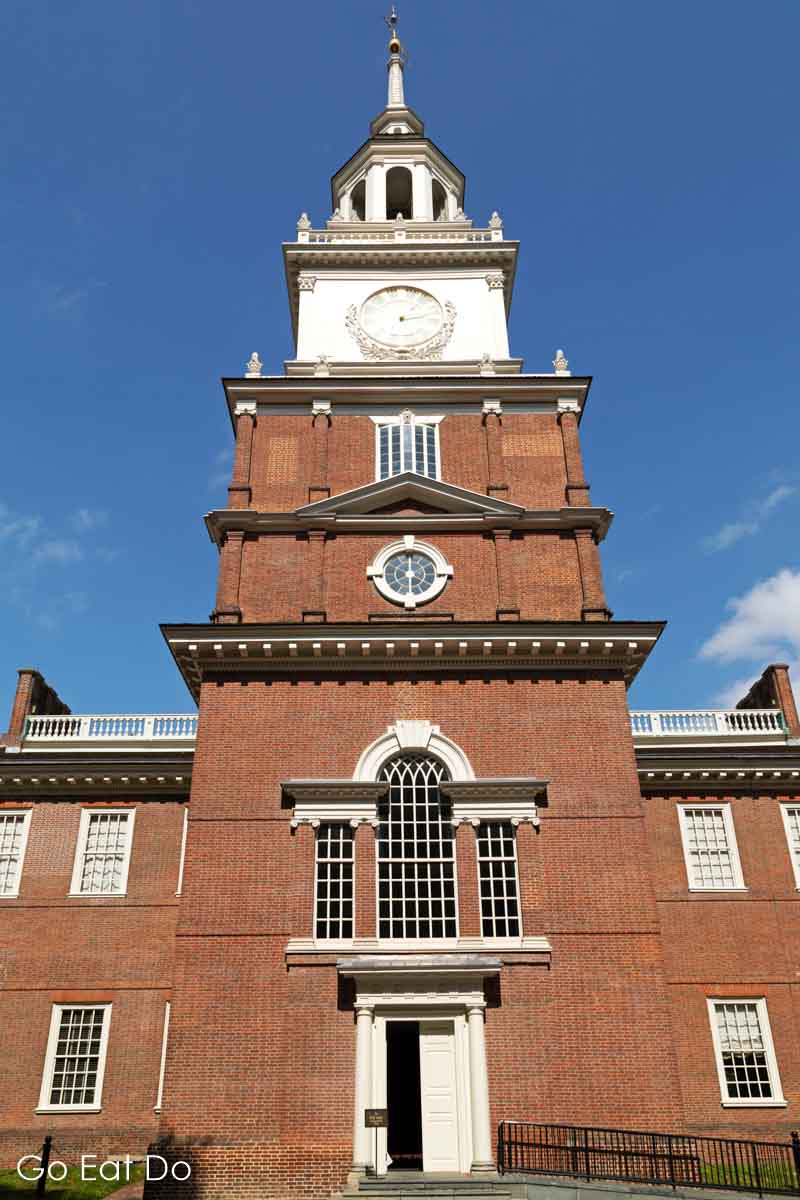
Importantly, it was interpreted as enshrining the right of habeas corpus, the freedom of the individual. The charter inspired aspects of the American Bill of Rights and the US Constitution.
England’s Great Charter also formed the basis of laws in countries including Australia, Canada and South Africa.
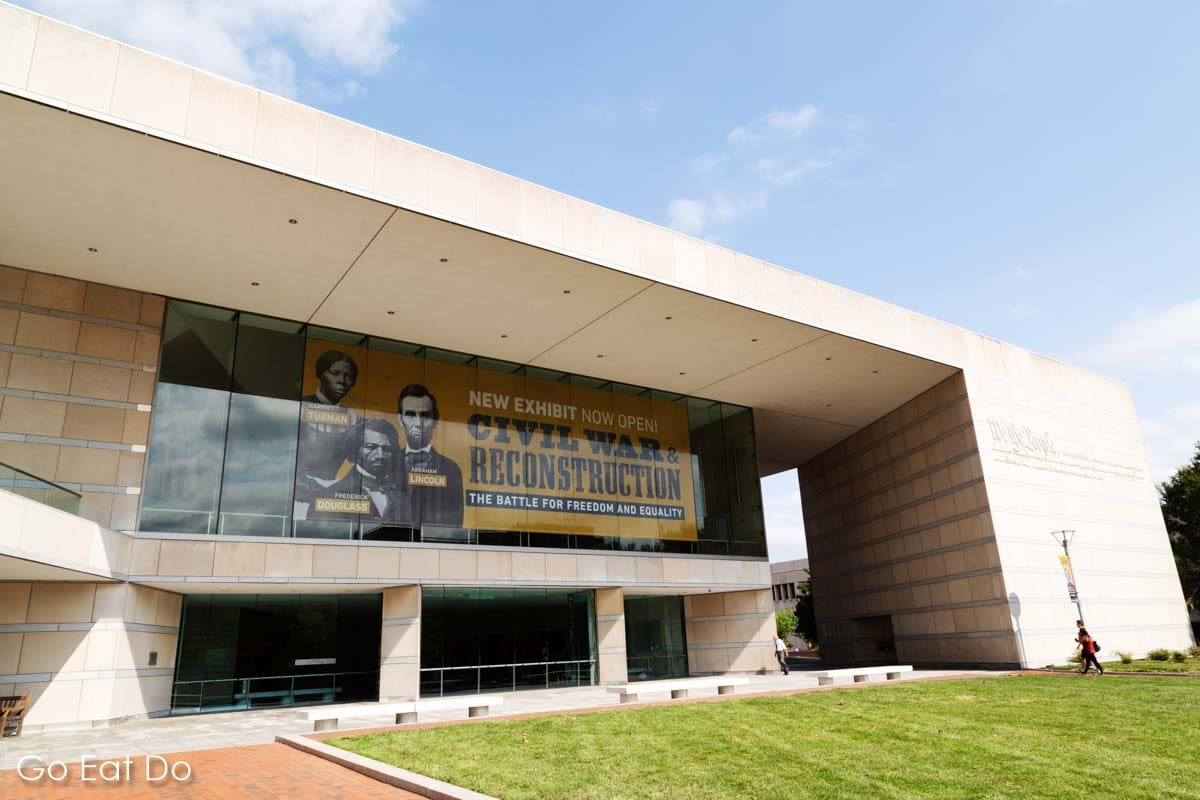
The British Library’s exhibition
To mark the 800th anniversary of the Magna Carta, the British Library held a major exhibition, Magna Carta: Law, Liberty, Legacy. It attracted more than 100,000 people; a record number of visitors for an exhibition at the library.
The exhibition included the British Library’s copies of the charter, Innocent III’s papal bull plus Thomas Jefferson’s draft of the American Declaration of Independence. It explored the effect of the Magna Carta on the monarchy and the document’s ramifications on human rights laws.
The extent to which a document that was drawn up more than 800 years ago influences the modern world is still open to debate.
Replica of the charter
It’s possible to go online and buy a replica of the Magna Carta with a translation into modern English:

Books about the historic document
Enjoy history and want to discover more about England’s Great Charter? You may find the following books interesting:
Derek J. Taylor’s Magna Carta: The Places that Shaped the Great Charter:

Professor David Carpenter’s Penguin Classics book Magna Carta:

Magna Carta: The True Story Behind the Charter is by David Starkey:


Have you seen Magna Carta on display? Which copy impressed you most and why? You’re welcome to leave a comment sharing your viewpoint.
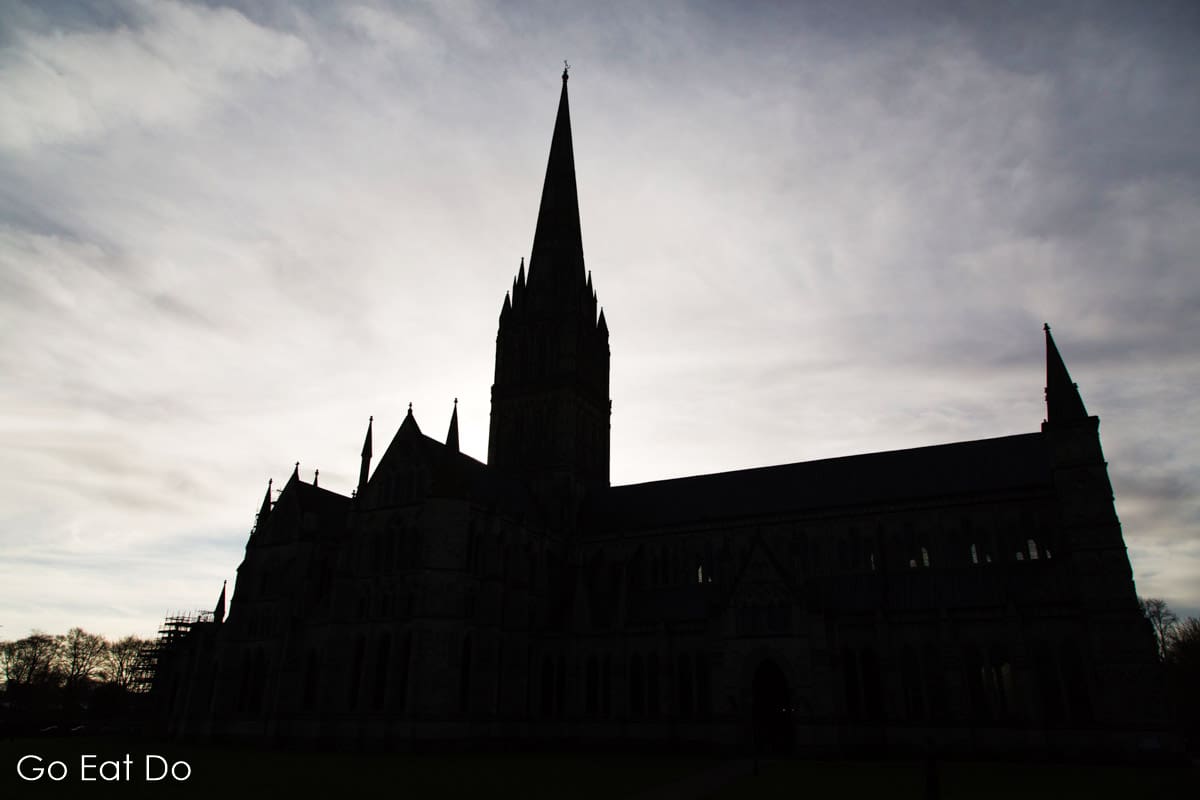
Further information
See the Magna Carta 800th website for more information about the historic document and its legacy.
See the Visit England website for information in historic sites around the country.
Stuart Forster, the author of this post, is a history graduate and award-winning travel journalist. Stuart is based in North East England, just a few miles from Durham City. Durham Cathedral Library has copies of the Magna Carta dating from 1216, 1225 and 1300.
Thanks for visiting Go Eat Do and reading this post about Magna Carta and where to see it. Enjoy history? Take a look at this post about the Royal Canadian Mounted Police.
If you enjoyed this post why not sign up for the free Go Eat Do newsletter? It’s a hassle-free way of getting links to posts on a monthly basis.
‘Like’ the Go Eat Do Facebook page to see more photos and content.
